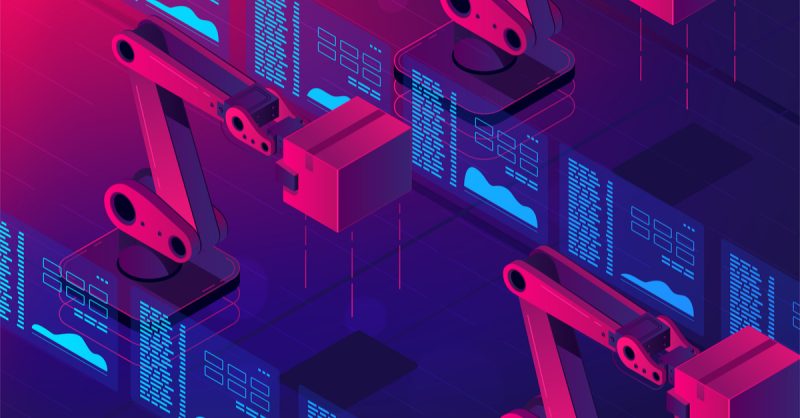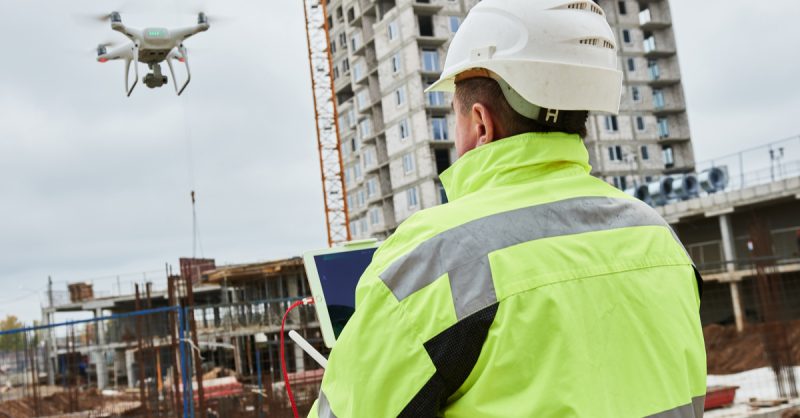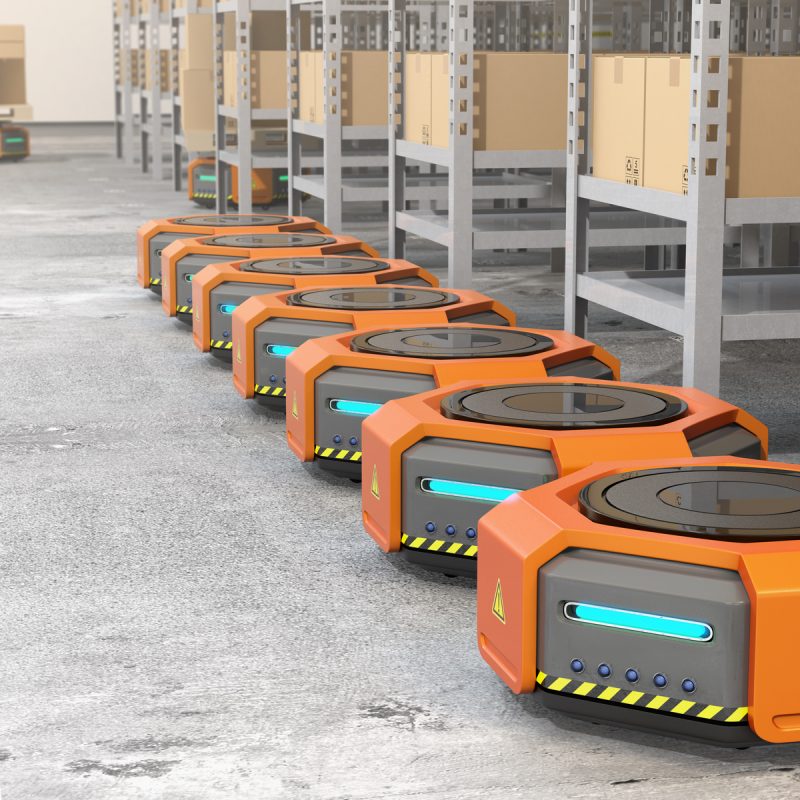Estimated reading time: 2 minutes
 Soon enough you’ll be seeing smart robots on more than just the silver screen, especially in industrial markets. Robots can now take on the repetitive and sometimes dangerous tasks, that are too difficult for for human employees to automate. Companies that have adopted Robotic Packing Automation use specific software designed to mimic human movements when handling shipments, picking and placing items, and other routine paths. The following trends are soaring within the Robot Revolution, disrupting the manufacturing industry for the better.
Soon enough you’ll be seeing smart robots on more than just the silver screen, especially in industrial markets. Robots can now take on the repetitive and sometimes dangerous tasks, that are too difficult for for human employees to automate. Companies that have adopted Robotic Packing Automation use specific software designed to mimic human movements when handling shipments, picking and placing items, and other routine paths. The following trends are soaring within the Robot Revolution, disrupting the manufacturing industry for the better.
1. AI Adoption will Continue
Sensors and big data alike, are finally standing alongside advanced analytics and artificial intelligence applications. All four of these technologies are emerging into factories and workplaces. AI can be applied to drones, and other ground-moving vehicles in agriculture, mining, field working, and other verticals. Companies are startups have begun to open up the realm for trial projects with drone applications. Such projects can be recognized as drone deliveries, infrastructure inspections, public safety checks, and security monitored sessions. Drones can do a whole lot more than just taking photos of aerial layouts in the sky. 
2. Robots in New Companies
Several markets are increasing their reach into robotic automation methods. Whether that be for specific tasks or more generalized needs, there is an interest there and it can be expanded upon. Key factors of this upward trend can include reliability, safety, precision, and the ease of use. Robots are positioned to be programmable platforms that can be customized according to the company in control.
3. Sensors will Soar
The growing realization that companies will be investing into a new field, means a whole new line of infrastructure will likely follow as well. Hypothetically, a sensor could improve a building’s overall electric efficiency or perhaps even navigate through means of uncovering necessary information for their human counterparts. Touch sensitive skins can be wrapped around robots to halt specific robotic movement, when around human co-workers if necessary.
4. Robots, Logistically Speaking
 Robots are prominent in the logistical, supply chain realm altogether. From self-driving trucks, intelligent warehouses, service robots, and mobile robots, they are a hopping trend. These additions will ultimately help in bringing down costs, while also improving the quality of of repetitive processes. Automating factories has led to new ways for making workflow improvements, and even opening up for new job opportunities.
Robots are prominent in the logistical, supply chain realm altogether. From self-driving trucks, intelligent warehouses, service robots, and mobile robots, they are a hopping trend. These additions will ultimately help in bringing down costs, while also improving the quality of of repetitive processes. Automating factories has led to new ways for making workflow improvements, and even opening up for new job opportunities.
Mobile robots, or autonomous are hard at work within warehouses, moving products to and from shelves over to shipping docks. Beyond manufacturing, these bots are crossing the line into hospitals, hotels, grocery stores, restaurants and other industries as well. Some bots are even helping aging and elderly adults with simple and complex tasks, replacing the duties of an in-home nurse or service animal. Let’s call them “service-robots.”

